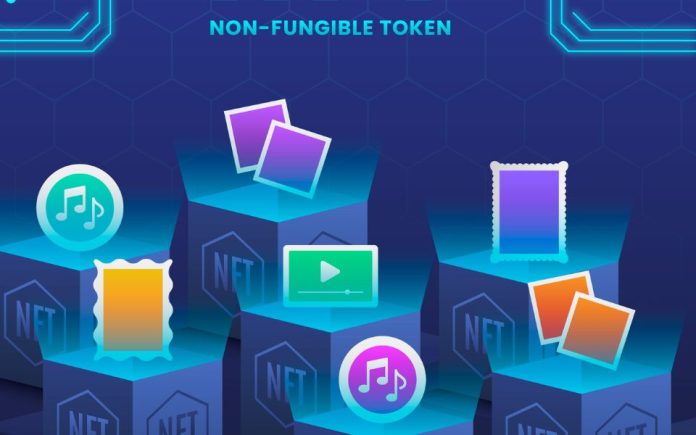Introduction
The world of non-fungible tokens (NFTs) has experienced a meteoric rise, capturing the attention of artists, collectors, and investors alike. As the NFT market continues to evolve, so too does the landscape of NFT marketing. In this blog, we’ll explore the future of NFT marketing, examining emerging strategies and innovations that are shaping the industry.
I. Augmented Reality (AR) Integration
Augmented Reality is poised to revolutionize the way NFTs are experienced. By integrating AR technology into NFT marketing, artists can offer immersive and interactive experiences to their collectors. Imagine being able to view a digital artwork in your physical space or unlock hidden elements and animations through AR. This innovative approach not only enhances the value and engagement of NFTs but also opens up new possibilities for creative storytelling.
II. Fractional Ownership and Tokenization
Fractional ownership allows multiple investors to collectively own a fraction of an NFT, enabling wider access to high-value digital assets. This concept has gained traction, with platforms emerging that facilitate the tokenization and trading of fractionalized NFTs. Fractional ownership not only democratizes access to rare or expensive NFTs but also creates a new market for fractionalized NFT shares, potentially increasing liquidity and fostering a more inclusive ecosystem.
III. Gamification of NFTs
The integration of gamification elements into NFT marketing presents exciting opportunities to engage with audiences in a playful and interactive manner. Gamified NFT experiences can include quests, challenges, rewards, and leaderboard systems. By tapping into the inherent competitiveness and enjoyment of gaming, artists and brands can captivate audiences, driving increased participation and fostering deeper connections with their NFT offerings.
IV. Environmental Sustainability:
As the environmental impact of blockchain technology and NFTs comes under scrutiny, there is a growing emphasis on sustainable practices within the NFT ecosystem. Innovations are emerging that focus on reducing energy consumption and carbon footprints associated with NFT minting and transactions. Environmentally conscious NFT marketplaces and artists are actively exploring alternative blockchain networks, such as those utilizing proof-of-stake consensus mechanisms, to minimize ecological impact.
V. Virtual Reality (VR) Experiences
Virtual Reality has the potential to revolutionize the way NFTs are showcased and experienced. With VR headsets becoming more accessible, artists can create virtual galleries or exhibitions where collectors can immerse themselves in a digital art world. Virtual reality experiences offer unparalleled levels of interactivity, allowing visitors to navigate through virtual spaces, view and purchase NFT art, and even attend virtual art events and openings. VR integration opens up new avenues for artists to engage with audiences and create unique, multisensory experiences.
VI. Social Impact and Charitable Initiatives:
NFTs provide opportunities for artists and creators to make a positive social impact through charitable initiatives. Artists can donate a percentage of NFT sales to charitable organizations, raising awareness and funds for important causes. Additionally, collaborations between artists and charitable organizations can create limited edition NFTs with proceeds directly supporting social and environmental initiatives. By aligning NFT marketing with philanthropy, artists can attract socially conscious collectors and contribute to meaningful change.
VII. AI-Powered Personalization:
Artificial Intelligence (AI) can play a significant role in tailoring NFT marketing experiences to individual collectors. By analyzing user preferences, behavior, and historical data, AI algorithms can recommend personalized NFT artworks, collections, or artists that align with the collector’s tastes. This level of personalization enhances user engagement, increases discoverability, and strengthens the bond between collectors and the NFT ecosystem.
Conclusion:
The future of NFT marketing is an exciting and rapidly evolving landscape. With emerging strategies and innovations such as augmented reality, fractional ownership, gamification, environmental sustainability, virtual reality, social impact initiatives, AI-powered personalization, and more, the NFT industry is poised for continued growth and innovation. As an artist or marketer in the NFT space, embracing these trends and staying ahead of the curve will be crucial for building a strong brand, connecting with audiences, and unlocking the full potential of NFT marketing in the years to come.


